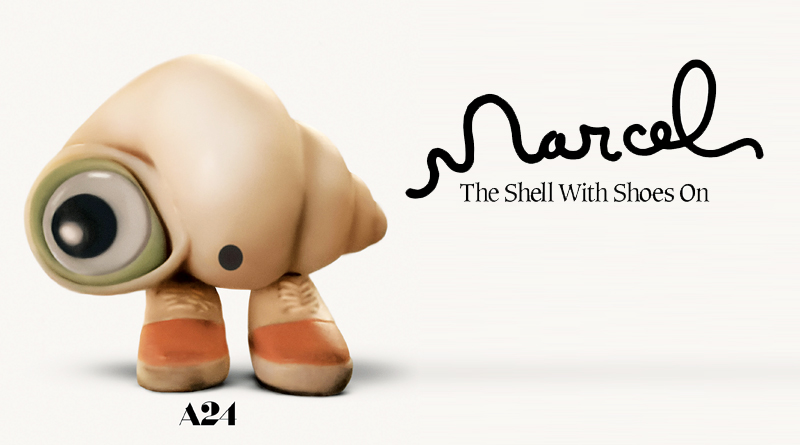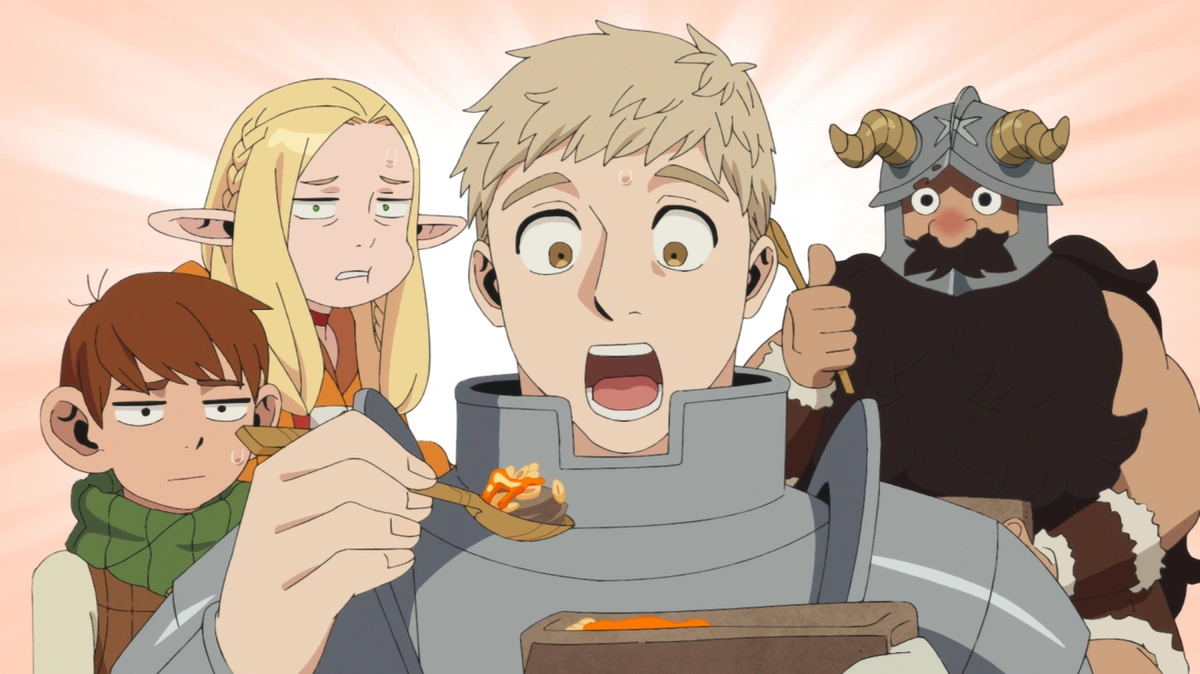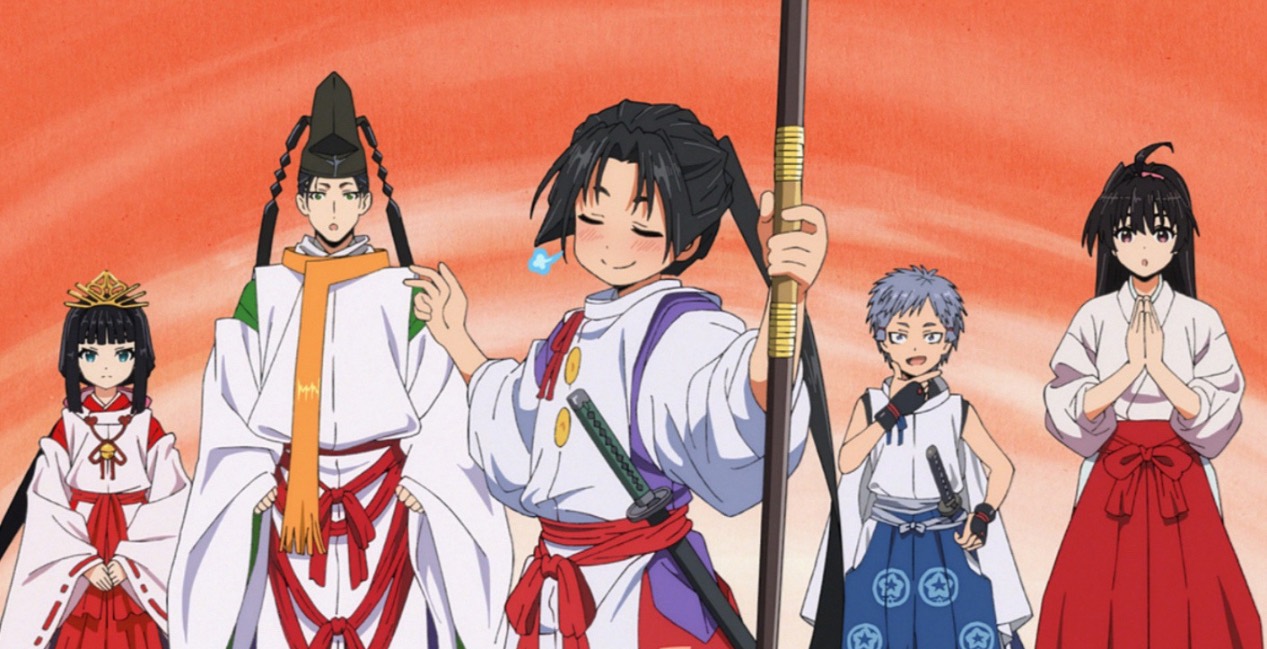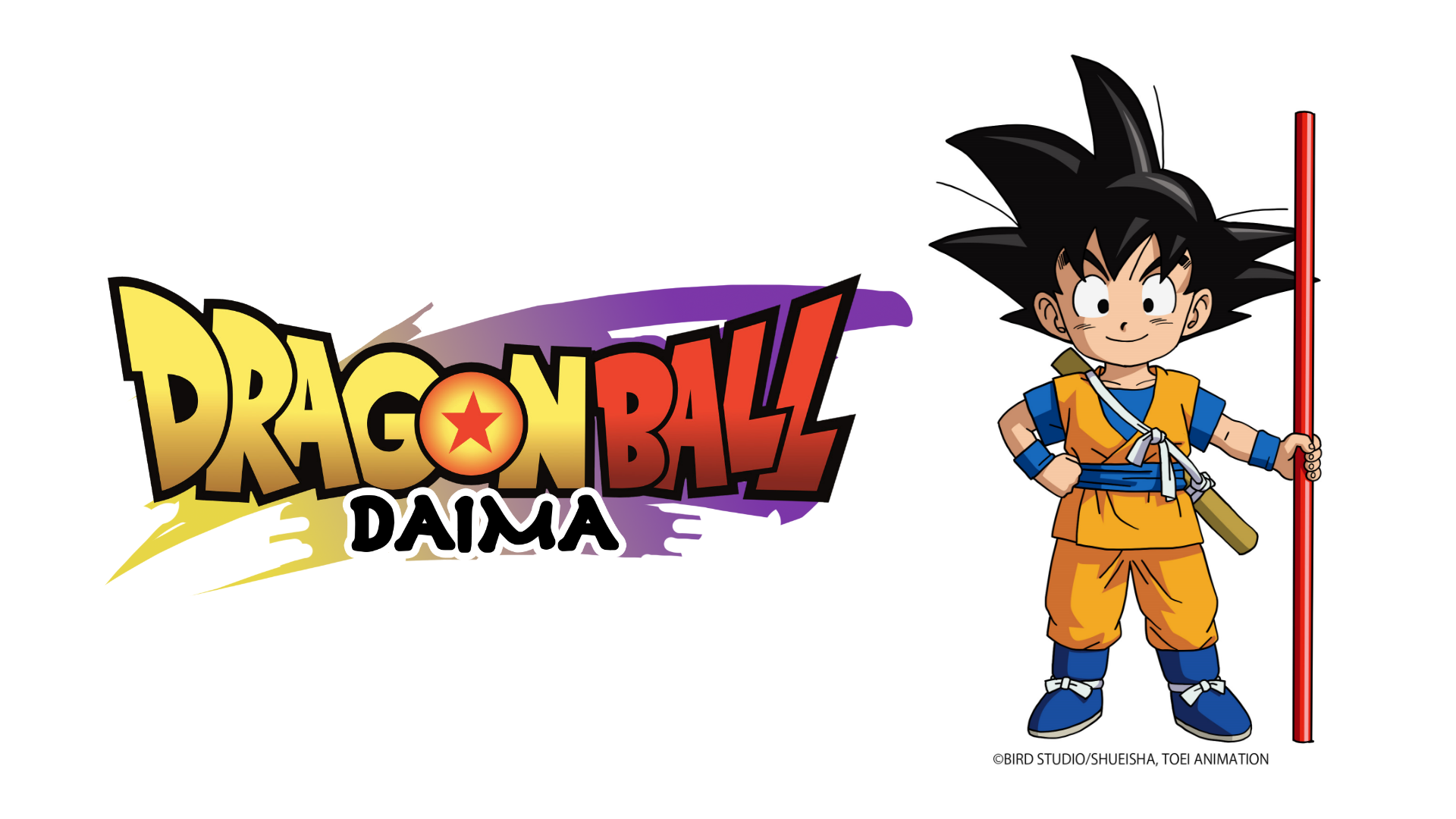It is no secret that Stan Against Evil and Ash vs Evil Dead are “on the bubble” at IFC and STARZ. Neither show has been renewed by their respective networks. These two series have roots firmly planted in popular culture.
Similar Yet Different
In the case of Stan Against Evil, creator Dana Gould a lifelong lover of horror and comedy is a bona fide geek. He wears his badge proudly. With a background in stand up and a pedigree writing for shows like The Simpsons, he knows the genre like the back of his hand.
Conceived as a hybrid of The X-Files with a dash of Kolchak: The Night Stalker, Gould has created a truly fun slapstick series with Stan Against Evil. While the show has been compared to Ash vs Evil Dead, there are differences. Stan has more practical effects with an emphasis on humor.
Ash vs Evil Dead is more gore centric with snappy one liners but the thrust is more hardcore. Blood flows more freely on AVED because that is what the fans expect.
The legendary franchise was born in Michigan and created by Sam Raimi, Bruce Campbell and Rob Tapert. With a fan base that has followed Ash Williams exploits over three decades, the main reason why this series happened is because the fans demanded it.
Both shows are labors of love and can co-exist in the same space and time. They were fashioned for the denizens of Comic Cons, weekend cosplayers and those adults who never quite fit in as kids.
The Proposition
For those of you that are fans of AVED, I created #bringbackboomstick. This originated as a campaign to get STARZ to give the start date for season three. Now, it has graduated to a way of getting social media attention for the show which is in danger of cancellation.
There is strength in numbers. I enjoy both Stan Against Evil and Ash vs Evil Dead. What I am about to propose may seem radical but trust me, it isn’t. What if the fanbases joined forces? Think of it as a Justice League of Horror fans united for the common goal of helping these shows stay on the air.
Honestly, Ash and Stan share common traits. They are average guys who are a little past their prime. Both men would much rather be taking it easy but instead are forced into circumstances beyond their control. You can see where I am going with this.
Shows have been rescued from the brink before look at Roswell, Chuck and Friday Night Lights. Fans have powerful voices. To prove my point, look at the recent returns of The X-Files and Twin Peaks.
Furthermore, Bruce Campbell and John C. McGinley are brothers in horror. In my article at 1428 Elm on Bruce, he had this to say when he was asked if there was a particular genre show that he didn’t enjoy, “I don’t want to cast aspersions on my entertainment brothers. I will never be in competition with Ash vs Evil Dead. We are brothers in horror. I won’t pick on my peers.”
These shows were created for fans of the horror genre. If you take a look around, you will notice that there is no programming like this on network television or on cable for that matter. Stan Against Evil and Ash vs Evil Dead should be preserved.
The Plan
If we can come together as a united fanbase, then we can get IFC and STARZ to pay attention. To use a broken-down cliché that unfortunately is apropos to the situation at hand, “It takes a village.”
The time is now. Stan is airing its final episode next Wednesday. Ash vs Evil Dead doesn’t start season three until February. We need to keep these shows in front of their respective networks so that they don’t get lost in the shuffle.
On social media, (Twitter, Facebook, Instagram, Google Plus and whatever other platforms you can think of) tell IFC and STARZ that you want to see SAE and AVED get renewed. Be creative and use gifs or memes. If you have any memorabilia, show that as well.
Most importantly, both networks are focused on who launches their apps. I cannot stress how vital this is to the campaign. Tell them that you have the app or that you subscribe to their channels. IFC and STARZ need to know that there are viewers out there to justify renewal.
Use the following hashtags for AVED #bringbackboomstick. For SAE, #keepstankilling and #shovelsupseason3. Let’s start trending! If you love these shows, let the networks know it!
Also, if you aren’t doing so already follow the shows and the cast on social media. If you are on Twitter, follow @IFC, @StanAgainstEvil, @JohnCMcGinley, @janetvarney, @Deborahbakerjr, @danagould, @AshvsEvilDead, @STARZ, @GroovyBruce, @ImDanaDeLorenzo, @RealRaySantiago, @RealLucyLawless, and @robtapert.
Make sure that you also interact with fan clubs and sites (if you aren’t doing so already) like @jcmfanclub, @stanagstevlfan, and @BOTLpodcast (Bruce on the Loose podcast). On Facebook, Bruce Campbell Fan Club, Bring Back Boomstick, Stan Against Evil and Stan Against Evil Fan Club.
I won’t lie to you. It is going to be an uphill battle but if we stay focused and committed, this could be the type of movement to get results. Remember, anything is possible if you believe, have determination and perseverance.

Movie
Movie Review: Katamarayudu

Directed by: Kishore Kumar Pardasani
Written by: Siva
Studio: North Star Entertainment
Runtime: 149 minutes
Genre: Action, Drama
Cast:
Pawan Kalyan as Katamarayudu
Shruti Haasan as Avanthika
Siva Balaji as Katamarayudu’s younger brother
Ajay, Kamal Kamaraju, Chaitanya Krishna in supporting roles
Katamarayudu is a Telugu-language remake of the Tamil film Veeram. This movie blends family drama with high-octane action sequences, delivering a narrative that is quintessentially rooted in southern Indian cinema’s flair for heroism and larger-than-life characters.
The story revolves around Katamarayudu, a righteous and fiercely protective elder brother who has dedicated his life to looking after his younger siblings. Known for his aversion to marriage, his life takes a turn when Avanthika, a poised and graceful woman, enters his life. The movie skillfully combines lighthearted romance, brotherly camaraderie, and intense action sequences, creating an engaging watch for the masses.
Kishore Kumar Pardasani delivers a visually grand spectacle while staying true to the essence of its Tamil original. While the screenplay lacks novelty, it compensates with fast-paced action and emotional beats. The dialogues, although simple, hit the right chords when it comes to showcasing family bonds and love.
Pawan Kalyan is the heart of the film. His screen presence and charismatic portrayal of Katamarayudu dominate every frame. Shruti Haasan offers a refreshing on-screen presence, and her chemistry with Pawan Kalyan adds charm to the narrative. The supporting cast, especially the actors playing the brothers, do justice to their roles, adding depth to the storyline.
The film boasts meticulously choreographed fight scenes, which are a visual treat for action lovers. Anup Rubens’ background score and songs elevate the emotional and action-packed moments. His mass appeal and command over action and emotion anchor the movie effectively.
The film adheres to a conventional template, leaving little room for surprises. At 149 minutes, the film feels stretched, especially in the second half.
Katamarayudu is a feast for fans of Pawan Kalyan and action-packed family dramas. It carries the essence of mass entertainment but doesn’t break new ground. While it caters to the sensibilities of Telugu cinema audiences, others might find its predictability a drawback.
Rating: 8/10 Fans of Pawan Kalyan and high-energy action films will undoubtedly enjoy this one, but those looking for a novel story might find it wanting.
Movie
You Are Not Ready for ‘Marcel the Shell with Shoes On’

“Do you want to watch a film with me? It’s called Marcel the Shell with Shoes On”
“What?”
“It’s about a little shell named Marcel who wears shoes.”
“…”
And that about sums it up! It’s the blob of a week between Christmas and New Year so it was the optimum time to watch a very surreal film recently added to UK Netflix.
Released in 2021 (a blob of a year) Marcel the Shell with Shoes On is about a one-inch-tall shell called Marcel who lives with his grandmother, Connie, in an Airbnb. Marcel usually stays out the way of the house’s various guests as he utilizes his only means of fast transportation (a tennis ball) and walks his pet lint on a string (Alan). This is until a documentary filmmaker named Dean, who is staying at the Airbnb, discovers Marcel and his unique lifestyle.
As filmmakers are wont to do Dean begins to film interviews with Marcel, consequently we get an insight into Marcel’s world both inside and out. Yes, Marcel is a stop-motion hermit crab shell with surprisingly expressive googly eyes but he feels very human. I was unsure about Marcel’s age and gender because he sounds a lot like Lisa Simpson, I did even check that Marcel wasn’t voiced by Yeardly Smith. But Marcel is voiced superbly by Jenny Slate. Marcel comes off as quite childlike with his wide-eyed optimism and naivety (he is a shell I suppose). Yet, like many children, Marcel will utter something so profound he will seem more of a fossil than a shell. When Dean uploads Marcel’s interviews onto YouTube Marcel of course becomes a viral sensation. Marcel reads the comments on his videos, using his tiny shoes to activate the laptop touchpad, which is just adorable! Despite his obvious popularity, Marcel remarks; “It’s an audience. It’s not a community.” Which just drives a stake into the heart of social media.
No, Marcel does not become a teeny-tiny-TikToker, he in fact uses the internet to find his lost community. The house used to be full of anthropomorphic objects including Marcel’s own shell family. They had been living in the house for generations, Connie herself came from the garage travelling by coat pocket to the main house; it’s why she has an accent. Among the community there are anthropomorphic pieces of cereal and because the internet notices this stuff; a tampon! An unfortunate event occurred and the community were accidentally removed from their home one tragic night, leaving Marcel and Connie on their own.
Being an A24 film I knew it would get deep. Marcel’s journey gives the audience a unique perspective of life, death, and community. In a modern world where we are more connected than ever but loneliness has been recognized as a universal health crisis. We could all learn something from this talented little shell and his grandmother. Be like Marcel and don’t get sanded down by life, stay connected to your community and know you are not just rattling around on your own!
It’s a beautifully poignant and quirky film. Despite its metaphysical and existential content, the film doesn’t take itself too seriously. Whether it’s Marcel making rope by winding together the pubic hairs he finds in the drain (he calls them ‘hardy hairs’) or sleeping on slices of bread referring to them as his ‘breadroom’. The film is painstakingly detailed and you can see its roots in a short film. It’s a delightful adventure that has something far bigger to say than its minuscule protagonist.
Five stars.
Streaming
Top Five anime in 2024

As an anime enthusiast and entertainment journalist, I’ve curated a list of the top five must-see anime series of 2024. These selections showcase the diversity and creativity that define the medium, offering compelling narratives and stunning animation.

Delicious in Dungeon
This series combines culinary arts with fantasy adventure, following a group of dungeon explorers who cook and eat the monsters they defeat. The unique premise and mouth-watering depictions of fantasy cuisine make it a standout this year. Kaiju No. 8
Set in a world plagued by kaiju attacks, the story centers on a protagonist who gains the ability to transform into a kaiju himself. The series offers a fresh take on the kaiju genre, blending action with deep character development.

Kaiju No. 8
Set in a world plagued by kaiju attacks, the story centers on a protagonist who gains the ability to transform into a kaiju himself. The series offers a fresh take on the kaiju genre, blending action with deep character development. Solo Leveling
Adapted from the popular web novel, this anime follows a weak hunter who becomes the world’s strongest after a mysterious system grants him unique abilities. Its dynamic animation and gripping storyline have captivated audiences worldwide.

Solo Leveling
Adapted from the popular web novel, this anime follows a weak hunter who becomes the world’s strongest after a mysterious system grants him unique abilities. Its dynamic animation and gripping storyline have captivated audiences worldwide. The Elusive Samurai
Set in feudal Japan, this historical series follows a young samurai who uses his agility and wit to survive in a turbulent era. The anime’s blend of historical context and engaging action sequences has garnered critical acclaim.

The Elusive Samurai
Set in feudal Japan, this historical series follows a young samurai who uses his agility and wit to survive in a turbulent era. The anime’s blend of historical context and engaging action sequences has garnered critical acclaim. Dragon Ball Daima
The latest installment in the iconic Dragon Ball franchise, this series introduces new transformations and challenges for Goku and his friends. Its high-octane battles and nostalgic elements appeal to both longtime fans and newcomers.

Dragon Ball Daima
The latest installment in the iconic Dragon Ball franchise, this series introduces new transformations and challenges for Goku and his friends. Its high-octane battles and nostalgic elements appeal to both longtime fans and newcomers. These anime series exemplify the innovation and storytelling prowess that continue to drive the medium’s global popularity. Whether you’re a seasoned otaku or new to anime, these titles are essential viewing for 2024.

